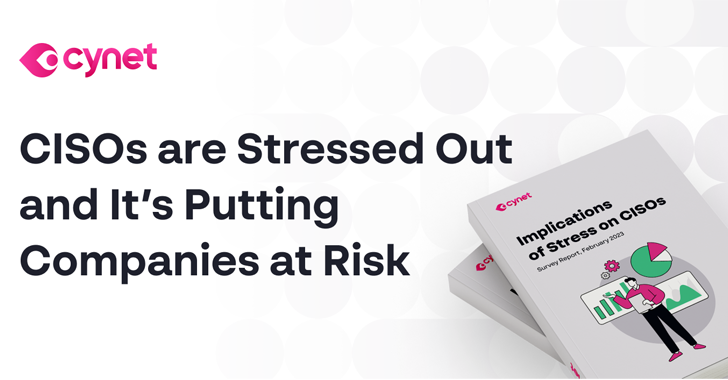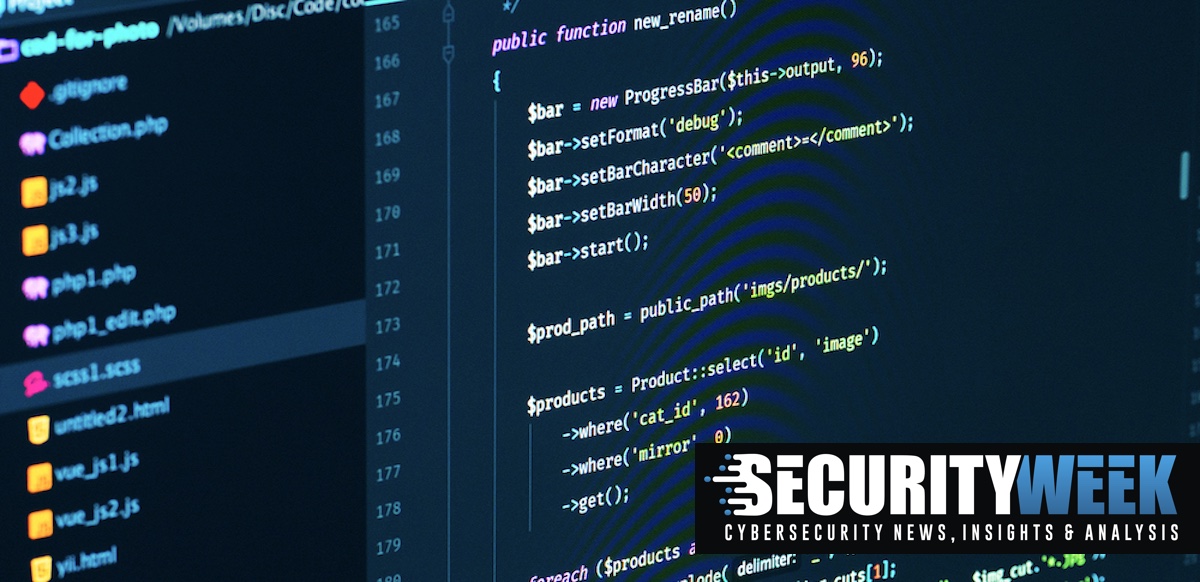SAVE
SAVE is designed to enhance an organization’s cybersecurity posture by providing real-time vulnerability assessments that are both accurate and actionable. With its AI capabilities, SAVE is able to analyze vast amounts of data and identify potential cyber threats, allowing organizations to quickly respond to and mitigate these risks. SAVE’s ability to prioritize vulnerabilities based on their potential impact to an organization also makes it an efficient solution, as it helps organizations focus their resources on the most pressing security concerns. Overall, SAVE is a valuable tool for enterprises looking to enhance their cybersecurity and better protect their sensitive information in the digital age.
Secured AI-based Vulnerability Assessment Tool For Enterprises(SAVE) – An Innovative Solution for Cyber Threat Management.

Introduction
In today’s digital age, cyber threats are becoming increasingly sophisticated, putting the security of enterprise data and information at risk. With cyber criminals constantly finding new ways to exploit vulnerabilities, organizations must stay ahead of the game by adopting new and innovative solutions to protect their digital assets. This is where the Secure AI-based Vulnerability Assessment Tool (SAVE) comes into play.
What is SAVE?
SAVE is a cutting-edge technology that uses artificial intelligence to provide real-time vulnerability assessments for enterprises. By leveraging AI, SAVE is able to identify and prioritize potential cyber threats and provide actionable insights to help organizations better protect their sensitive data and information. This tool provides a comprehensive and efficient solution for managing and mitigating cyber threats, making it an important tool for enterprises to consider as they work to secure their digital assets.
How does SAVE work?
SAVE uses advanced AI algorithms to analyze vast amounts of data and identify potential cyber threats. This analysis is based on a combination of machine learning and deep learning algorithms, which allow SAVE to learn from previous attacks and improve its accuracy over time.
Once a potential threat has been identified, SAVE provides actionable insights that can be used to mitigate the threat. This includes information on the type of threat, the source of the threat, and the potential impact of the threat on the enterprise.
Benefits of using SAVE
There are numerous benefits to using SAVE, including:
Improved Cyber Threat Detection and Response: By using AI to identify potential cyber threats in real-time, SAVE helps organizations to respond more quickly and effectively to cyber threats.
Increased Efficiency: By automating the process of identifying and mitigating cyber threats, SAVE can save organizations valuable time and resources.
Improved Security: By providing actionable insights into potential cyber threats, SAVE helps organizations to better protect their digital assets and sensitive data.
Increased Cost Savings: By reducing the time and resources required to identify and mitigate cyber threats, SAVE can help organizations to save money on security testing and mitigation costs.
Conclusion
In conclusion, the Secure AI-based Vulnerability Assessment Tool (SAVE) is a cutting-edge technology that provides a comprehensive and efficient solution for managing and mitigating cyber threats. By using AI to identify and prioritize potential cyber threats, SAVE provides organizations with actionable insights that can be used to better protect their digital assets and sensitive data. With its numerous benefits, SAVE is a must-have tool for any organization looking to secure their digital assets and stay ahead of the game in the constantly evolving world of cyber security.

News Feature

Impact of CISO workplace stress levels on SMEs#
Among the CISOs surveyed, a worrying number of respondents suffered from work-related stress. According to the report, 94% of CISOs said they were stressed at work and 65% said that their level of work stress was affecting their ability to protect their organization. More than 70% of CISOs surveyed believe their stress levels are higher than their colleagues in other areas of the company.
Unfortunately, CISO stress levels aren’t limited to leadership roles. Staff burnout is spreading like wildfire across security teams. The increased workload affects all levels of the department, creating high turnover rates and hindering recruitment efforts. Nearly three-quarters of CISOs surveyed said employees quit in the past year due to stress, with 47% reporting more than one employee leaving.
The increasing churn rate leaves CISO with a limited number of applicants, underscoring the current talent shortage that is occurring in the cybersecurity space. When asked about their recruitment process, 83% of CISOs said they had to compromise in the selection of candidates, hiring employees who lack the necessary skills and competencies.
Reference
https://thehackernews.com/2023/03/cisos-are-stressed-out-and-its-putting.html
Research Feature

Endor Labs has introduced an OWASP-style list of the most serious or impactful risks inherent in using open source software (OSS).
The use of OSS is free and effectively available – it addresses the commercial need for low-cost speed in software development. It’s not uncommon for more than 80% of modern application code to come from OSS, so it will (at least until new technology can deliver faster but still cheap).
The problem here is that we know very little about the open source code we are using. It has no warranty or SLA; we generally do not know the developers of this development tool; and it can pose huge security risks (just think of Log4J) without us even knowing it. Endor Labs, a startup based in Palo Alto, CA founded in 2021 by Dimitri Stiliadis (CTO) and Varun Badhwar (CEO), is a company focused on complexity and threats in the increasing use of open source software in the development of commercial applications.
Reference
https://www.securityweek.com/top-10-security-operational-risks-from-open-source-code/
Leave a comment